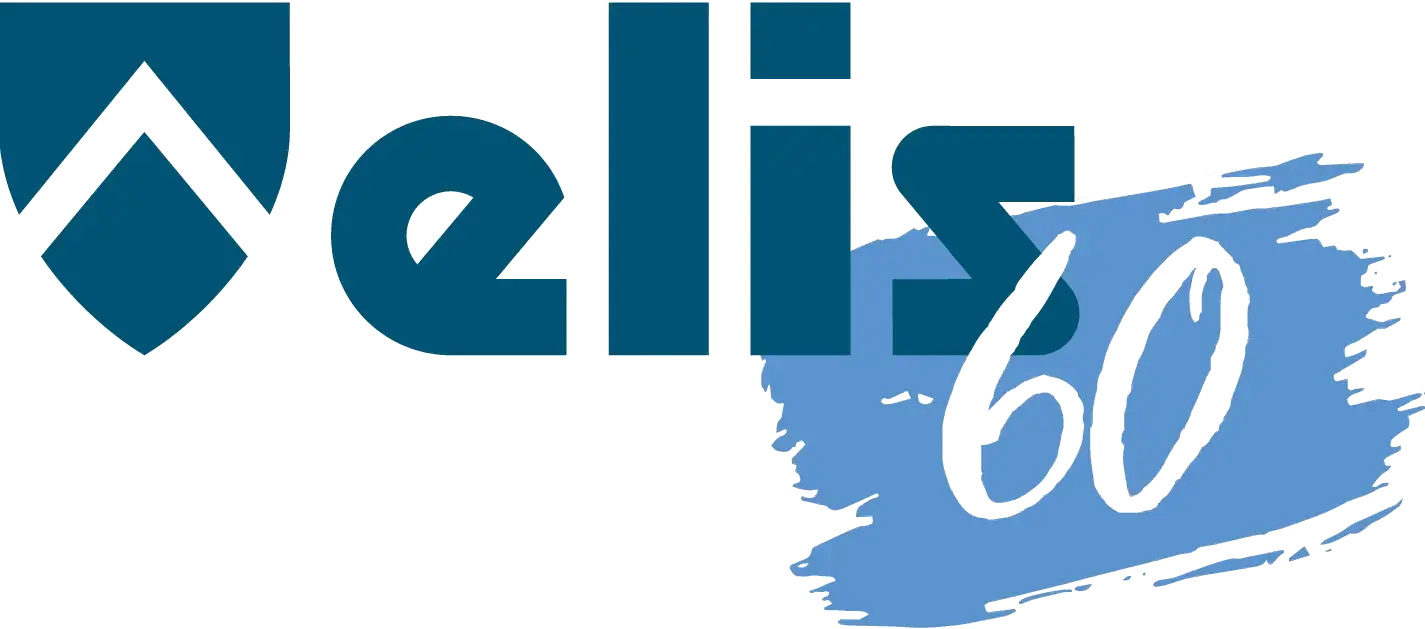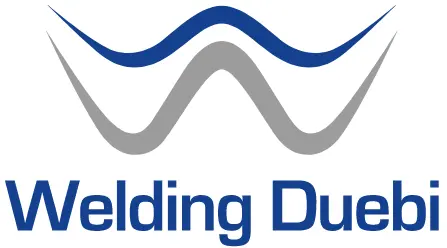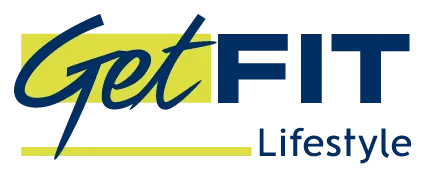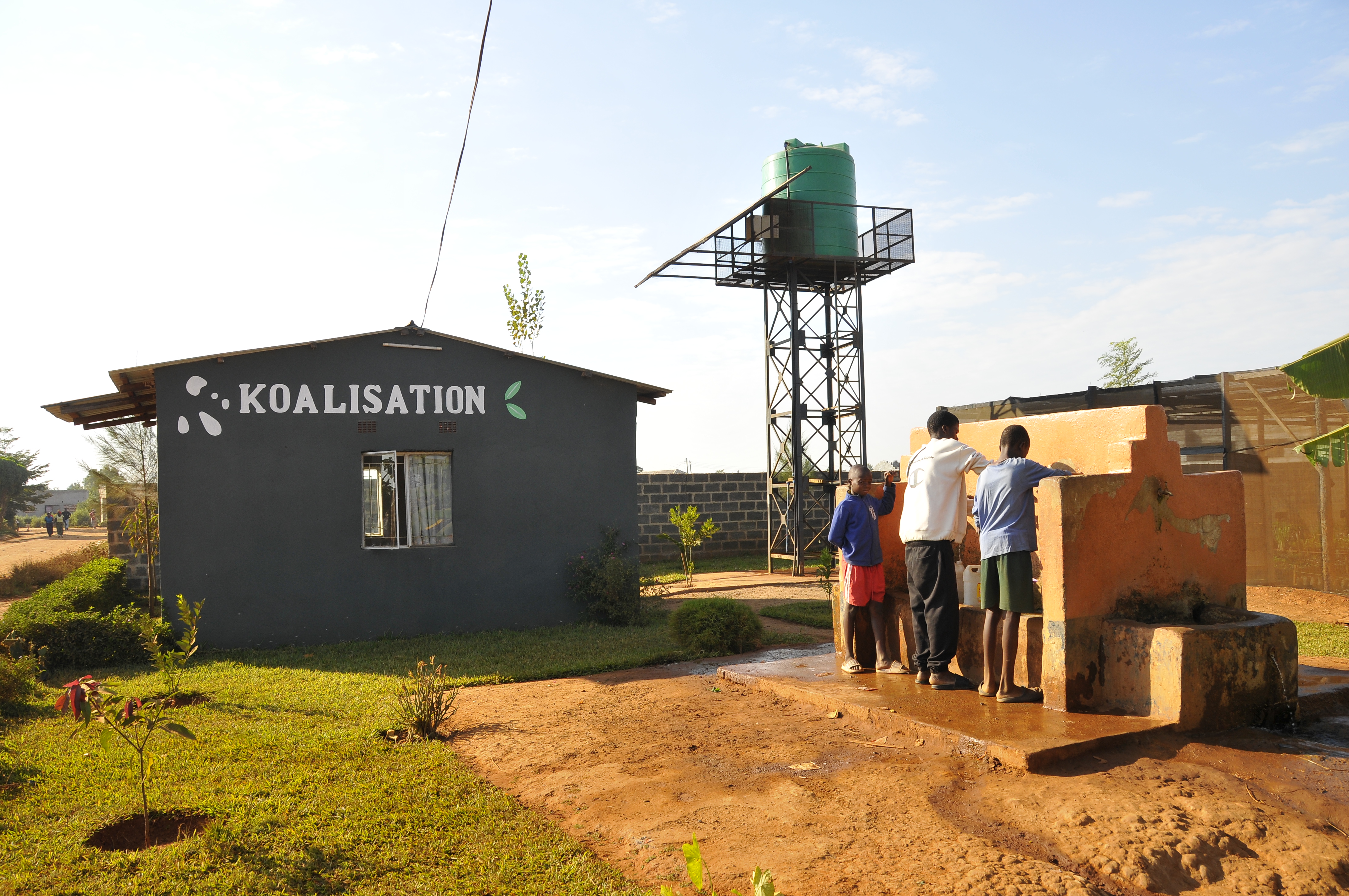We are hungry for change
Are you?
Reach your climate goals, boost your ESG rating, and support communities in regenerating ecosystems
We catalyze people and actions
Through our innovative model, you become the owner of high-impact projects and an active driver of change.




Here’s what you get with our projects:
Cool! Where do we start?
Together, we create custom projects that fit your goals and lead communities to thrive. Go big, go small, every step counts.
Our impact model
From prevention

From prevention
Clean Cooking
Our Clean Cooking projects address the problem of dependence on polluting energy sources such as charcoal and firewood, which cause environmental damage and health risks. By replacing traditional methods with more efficient and safer solutions, we help communities reduce environmental impact, improve air quality, and prevent respiratory diseases, while promoting sustainable practices that protect natural resources in the long term. With every investment, we contribute to building a healthier future for both people and the planet.

From prevention
Water Tower
Koalisation steps in with an innovative prevention project, building water towers capable of delivering 60,000 liters of clean drinking water per day in areas affected by cholera and the most severe droughts in recent years. This vital infrastructure ensures not only health—by reducing the risk of waterborne diseases—but also helps avoid the use of charcoal to boil water, thereby lowering environmental impact and promoting sustainable development.
To Regeneration

To Regeneration
Agroforestry
Our agroforestry and regenerative agriculture projects focus on creating farming systems that respect natural ecosystems while providing communities with sustainable livelihoods. By integrating trees and crops, these practices promote biodiversity, improve soil health, and reduce erosion. Our projects support local communities in producing sustainably, enhance soil fertility, and help sequester carbon from the atmosphere—creating a virtuous cycle for environmental protection and improved living conditions.
To Regeneration
Biochar
Biochar is an innovative solution for soil improvement and carbon sequestration. Our soil re-fertilization projects using biochar aim to boost agricultural productivity, enhance soil quality, and reduce the need for chemical fertilizers. At the same time, biochar captures and stores carbon in the soil, helping to lower CO₂ emissions into the atmosphere. These projects not only increase local farming capacity but also promote long-term practices that combat climate change.
Partners






















































































































































New EU sustainability and corporate responsibility regulations are putting many companies under pressure.
Wanna still play?

What are voluntary carbon credits?
What is the carbon credit market, and what are the differences between the compliance and voluntary segments?
The carbon credit market is a regulated system where each credit represents one ton of CO₂ avoided or removed through sustainable projects. In the compliance segment (e.g., “ETS”), companies and institutions are required to offset their emissions under binding regulations. The voluntary market, instead, allows businesses and individuals to invest in environmental offsetting with no legal obligations, supporting targeted and innovative actions that create environmental and social benefits beyond what’s legally required.
What advantages do carbon credits offer to businesses and the environment, and how do they support ESG strategies?
Carbon credits help improve a company’s ESG rating, offer tax benefits, and provide access to more favorable debt conditions thanks to a more sustainable risk profile. By investing in reforestation and renewable energy projects, companies strengthen their brand, attract stakeholders and younger generations, and foster a workplace that is proud and motivated. Environmentally, funding green projects significantly contributes to global emission reduction and promotes sustainable growth.
What challenges and risks are linked to the use of carbon credits, and how can greenwashing be avoided?
Despite the benefits, the carbon credit market faces challenges such as low additionality, limited social impact, and a lack of data transparency, which can undermine true emission reduction. Credit quality varies widely. To avoid greenwashing, strict regulations and independent audits are essential, ensuring high standards and thorough project verification—making sure each credit supports real, measurable climate action.

What are clean cooking and regenerative agriculture?
Why is clean cooking the most impactful action for developing countries?
Clean cooking is critical because it radically improves daily life—enhancing health, protecting the environment, and promoting socio-economic development. By using efficient stoves and modern fuels, exposure to toxic smoke—responsible for millions of premature deaths each year—is reduced, and deforestation caused by excessive biomass use is curbed. These solutions also cook faster, freeing up time for women and supporting their personal growth and empowerment.
What is the environmental impact of dirty cooking?
Dirty cooking, which relies on non-renewable fuels used in highly inefficient cooking systems, releases large amounts of black carbon and greenhouse gases, worsening climate change. This inefficient combustion increases wood consumption, accelerating deforestation and ecosystem degradation—with consequences for biodiversity and the carbon cycle. Harmful emissions also significantly contribute to air pollution, making the transition to better cooking technologies urgent for protecting the planet.
What is the impact of dirty cooking on human health?
Dirty cooking exposes families to high levels of indoor air pollution, generating toxic fumes containing carbon monoxide and fine particulate matter. These pollutants cause severe respiratory diseases, cardiovascular issues, and lung infections, leading to around 4 million premature deaths each year. Women and children, who spend more time near the cooking source, are particularly vulnerable, suffering health damage that compromises their quality of life and increases healthcare and socio-economic costs for communities.
How impactful is the dirty cooking problem, and how much is it funded?
Over 2.3 billion people worldwide rely on fuels such as wood or charcoal for cooking, with devastating impacts on health and the environment. Household pollution from dirty cooking causes millions of premature deaths and significantly contributes to climate change. From a funding perspective, the Clean Cooking Alliance has mobilized about $25 million to support businesses and $17.8 million for research. However, to ensure universal access to better cooking systems, annual investments of around $2 billion are needed.
Why is Koalisation unique?
1. How does Koalisation differentiate itself and solve the environmental offset problem?
Koalisation stands out for its integrated approach, combining prevention with environmental regeneration. Our innovative model addresses the domestic charcoal use (clean cooking) supply chain, reducing traditional fuel consumption and promoting the adoption of efficient technologies. At the same time, through agroforestry-based projects, we support local communities: each family benefits from improved water access and fruit tree planting, facilitating a transition to sustainable practices. This model generates high-impact voluntary carbon credits, ensuring authentic and measurable environmental offsetting.
2. How does Koalisation create top-quality projects in clean cooking and agroforestry?
Koalisation develops high-impact projects through a strategy that integrates technological innovation and active community engagement. Our projects aim to:
Reduce traditional charcoal consumption: by implementing the most advanced clean cooking technologies that improve energy efficiency and air quality.
Promote water access: by providing essential water resources to local communities, thus enhancing quality of life.
Encourage agroforestry practices: for each beneficiary family, we plant four fruit trees, creating economic opportunities for small farmers and charcoal producers, incentivizing them to replace tree cutting with sustainable activities.
This synergy between technology, communities, and nature ensures that our projects not only reduce emissions but also enrich the environment and local economies.
3. How does Koalisation ensure maximum transparency in monitoring environmental impacts?
Transparency is a cornerstone of Koalisation. Through our dedicated portal, clients and stakeholders can:
Monitor impacts in real-time: viewing data related to the environmental and social benefits generated by the projects.
Access an advanced monitoring system: which offers both quantitative and qualitative analysis with ten times the accuracy of traditional certification standards.
Verify carbon credit generation: through strict controls and annual reports in line with international standards, ensuring full transparency and reliability regarding impact claims.
This approach ensures that every action taken is measurable, communicated clearly, and verifiable.
4. What is the one-stop-solution offered by Koalisation?
Koalisation offers an integrated solution that removes intermediaries from the acquisition and management of credits by external consultants and brokers. Our one-stop solution allows you to:
Precisely calculate emissions: using state-of-the-art tools and methodologies.
Become co-owner of projects: by accessing high-quality projects with tangible, measurable impacts.
Receive generated carbon credits: with an annual report that includes media assets and a detailed impact report, in line with international standards.
This solution simplifies the entire emission offsetting process, making it more efficient, transparent, and beneficial for all parties involved.
5. What is Koalisation's impact philosophy, and how is it applied in the field?
Koalisation’s impact philosophy is based on the belief that environmental issues are closely linked to social ones. For this reason:
We empower local communities: by actively involving them in land management and regeneration, making them key players in the change process.
We promote prevention and regeneration: through projects integrating clean cooking, agroforestry, and high-impact voluntary carbon credit generation, creating solutions that improve quality of life and ecological balance.
We enhance the territory: by encouraging sustainable practices and creating job opportunities, ensuring that communities directly benefit from environmental projects.

